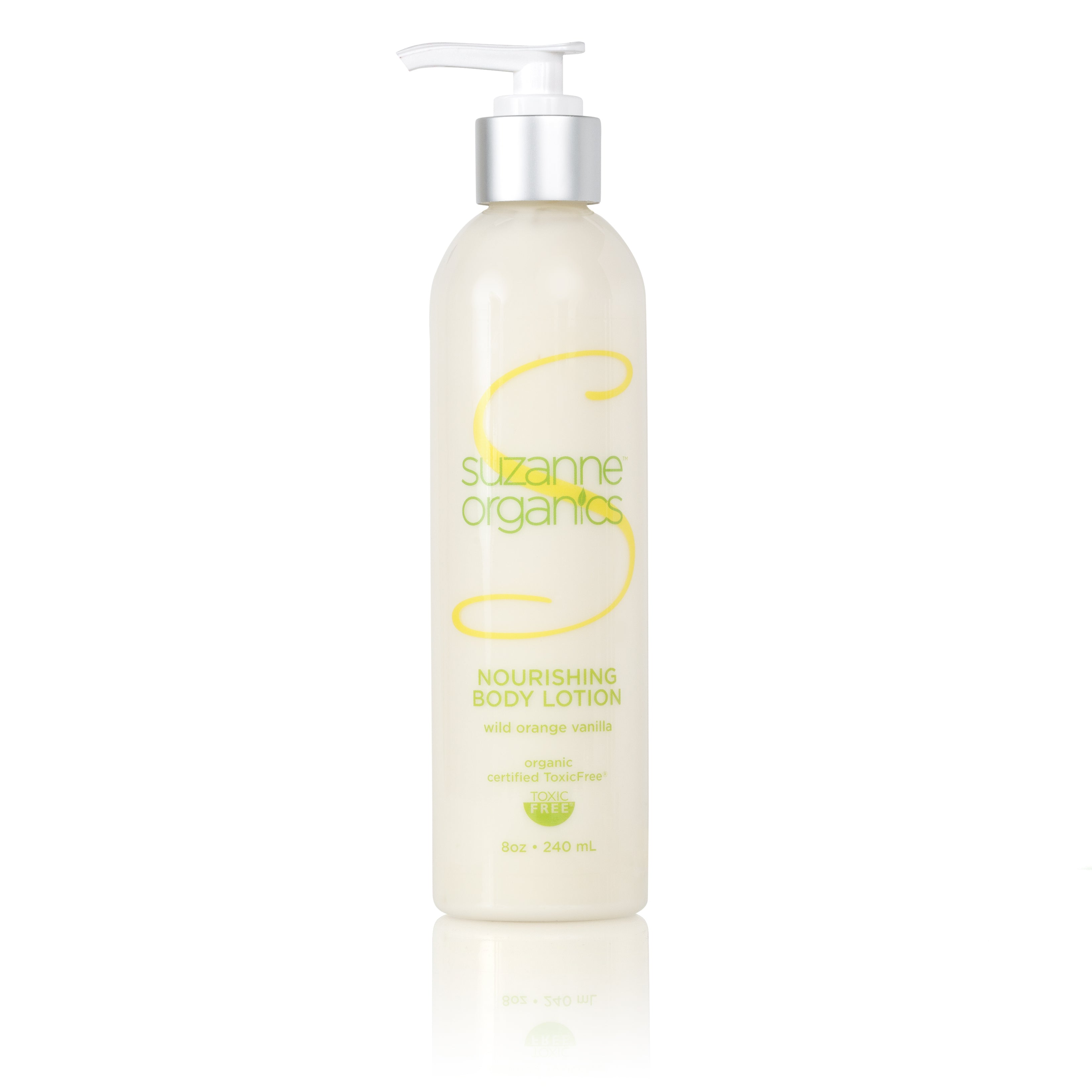Why Organic Costs More
The Price of Organic
Your health is an investment. The truth is, organic ingredients free of toxins and chemicals cost us more to acquire and use in all of our skincare, hair care, and cosmetic products.
Want to better understand what’s behind the higher cost we pay for every pristine ingredient used in our beauty products? Here are factors that contribute to the premium we pay in proper to offer clean, healthy products:
-
Organic crops grow slowly
Organic farms are smaller than larger, industrial ones. They also take more to grow a crop due to their refusal to use chemical growth hormones.
-
Growing plants without chemicals requires more work.
Chemicals and synthetic pesticides are used by many farmers to reduce the cost of production by getting the job done faster and more efficiently. Think of them of short-cuts that actually have a pretty hefty price tag. Organic farmers must pay more workers and spend more hours to accomplish tasks like insect removal, weeding by hand, and fertilizing the soil.
According to the Organic Farming Research Foundation: "The organic price tag more closely reflects the true cost of growing the food: substituting labor and intensive management for chemicals, the health and environmental costs of which are borne by society.”
-
Higher cost of fertilizer for organic crops
Organic farmers use more expensive fertilizer, because sewage sludge and chemical fertilizers are cheap, but not good for you. Organic farmers reject inexpensive fertilizing methods to keep their crops natural. They use compost and animal manure, which is more expensive to purchase and ship.
-
Demand for organic crops overwhelms supply
More and more people are going organic, because they know of the health benefits! According to the USDA, sales of organic food are on the rise: $3.6 billion in 1997 to $21.1 billion in 2008. The majority of Americans (58%) prefer to eat and use organic products. Even with this increased demand, organic farmland only makes up 0.9 percent of total worldwide farmland. Also, organic farms often produce less than chemically-treated farms.
-
Shipping, storage, and transportation cost
You cannot store or ship organic produce with any chemically treated crops, or else you risk cross-contamination. This means organic products must be shipped in smaller batches, which costs more. Organic farms are also often located farther away from large population centers, which also boosts the transportation expenses.
-
Crop rotation
Since they avoid using chemically toxic weed-killers, organic farmers must employ sophisticated methods of crop rotation, to ensure healthy soil and weed prevention. After successfully growing one crop, organic farmers will then plant alternate "cover crops" to replenish nitrogen levels in the soil in order to help future crop harvests. This rotation can result in smaller outputs of certain valuable crops.
Farmers who employ chemicals can dedicate all their acreage to growing the most profitable crops.
-
Cost of covering higher loss
The reason many farmers use certain chemicals on their crops is to reduce losses from pests and other maladies. Organic farmers don’t use pesticides and antibiotics, so they lose more crops to pests. This makes the crops that do survive cost more. Also, without all the preservatives added to chemically treated harvests, organic foods are subject to a shorter storage time and shelf life.


